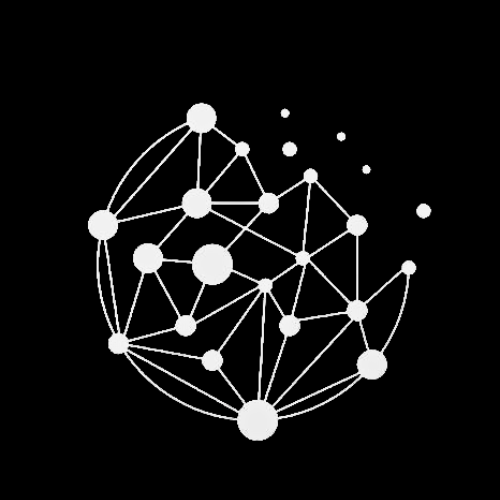For sales teams, “lead pipeline” is more than just a buzzword—it’s a critical tool for tracking deals, monitoring sales activities, and understanding where your revenue opportunities stand. A well-structured lead pipeline ensures that every potential lead is moving through the stages of your sales process and that your team is equipped to address any stalls.
In this guide, we’ll explore what a lead pipeline is, break down its stages, and share actionable steps to build and optimize your pipeline for maximum growth. For SaaS and cybersecurity firms, the right lead pipeline strategy is essential to sustainable growth.
What is a Lead Pipeline?
A lead pipeline is a structured way of managing and tracking potential buyers as they progress through different stages of the sales journey. This visual representation of your sales process helps your team see where prospects are in the funnel, allowing you to optimize interactions and prioritize leads with the highest potential.
Each stage in the pipeline represents a critical checkpoint, from initial contact to close. For SaaS founders and B2B professionals, an optimized pipeline is essential to maintaining a steady flow of qualified leads and meeting revenue targets.
Why Every Growth-Focused Company Needs a Lead Pipeline
A solid pipeline offers numerous benefits that go beyond simple tracking:
- Enhanced Visibility: Sales teams gain a clear view of where each deal stands, making it easier to prioritize and prevent any deals from falling through the cracks.
- Improved Accountability: By breaking down the sales process into trackable tasks, sales reps are better equipped to meet goals and understand their performance metrics.
- Data-Driven Insights: Pipeline data can reveal which sales activities yield the highest returns, allowing your team to focus on high-impact actions.
If you’re implementing a RevOps strategy or RevOps as a Service, aligning your lead pipeline with your broader revenue operations approach is key to sustainable growth.
Essential Stages of a High-Performing Lead Pipeline
Prospecting
Prospecting is the foundation of your pipeline. At this stage, your team identifies and engages with new leads. Tools like LinkedIn Sales Accelerator and Dripify can enhance outreach efforts, automating lead generation and making initial contact smoother.
Qualifying
Qualifying leads involves assessing whether a prospect is a good fit for your product or service. This stage prevents your team from wasting resources on unqualified leads. Use specific questions to determine if the prospect has the budget, authority, and need for your solution. For example, if your outreach includes cold email, understanding Does Cold Email Still Work can ensure you’re effectively targeting and qualifying leads.
First Contact
This is where the salesperson reaches out to initiate a conversation, whether via email, phone, or social media. To maximize success, leverage the data gathered in the qualifying stage to tailor your approach. Personalization at this stage can significantly improve engagement rates.
Building Relationships
Rather than pushing for an immediate sale, focus on building trust and nurturing the relationship. Consider sharing relevant content, engaging with prospects on LinkedIn, or forwarding resources that speak to their unique challenges. This relationship-building step aligns with the Account-Based Marketing (ABM) approach and is crucial in complex sales cycles.
Closing the Deal
Once a prospect is fully informed and interested, it’s time to move toward closing. Encourage your team to use persuasive techniques, yet stay prepared to adjust as needed. A successful close often involves reiterating value and providing any final assurances.
Following Up on Cold Leads
Cold leads may not be ready to buy immediately, but they can be nurtured over time. By maintaining regular, non-intrusive check-ins, you keep these leads warm and demonstrate that you’re ready to support them whenever they are. For SaaS and cybersecurity firms, retaining these leads in a separate segment of your CRM can be an effective way to keep potential future customers on your radar.
Best Practices for Lead Pipeline Management
Use a CRM to Track Pipeline Stages
A CRM system can help your team manage deals more efficiently, providing visibility into every stage of the pipeline. Tools like Pipedrive, with integrations and real-time data, make it easy for teams to track activities and automate reminders.
Align Sales and Marketing Efforts
Strong communication between sales and marketing teams ensures that both departments are working toward common goals. Collaborative pipeline reviews can reveal opportunities for improved lead quality and targeting.
Continuously Optimize Your Pipeline
Review your pipeline stages regularly to identify bottlenecks and opportunities for improvement. If some stages are too broad, consider breaking them down into smaller, more actionable steps.
Bonus Tip: Setting Up Effective Internal Collaboration
When building a lead pipeline, include your sales team in the process. Their insights can inform a more practical pipeline structure, helping to refine the pipeline stages to meet the specific needs of your company.
Ready to build a scalable lead pipeline? Book a call with NeuroGrowth Consulting to learn how we can tailor a pipeline strategy for your SaaS or cybersecurity business to drive sustainable growth.




